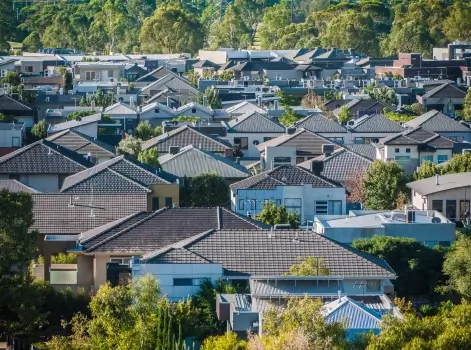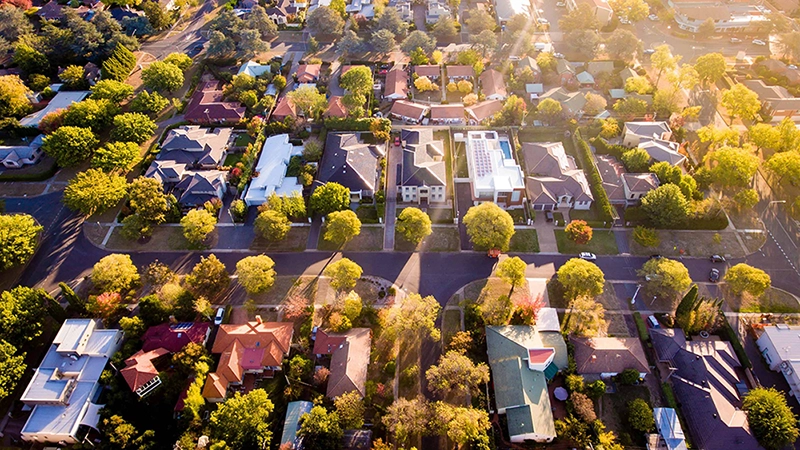Updated: 27 Dec, 2024
In April, the CoreLogic national Home Value Index (HVI) rose by 0.6%, maintaining the same pace as the previous months. This rise has added about $4,720 to the median dwelling value, bringing the total growth since last year’s trough in January to 11.1%, or about $78,000.
Here’s CoreLogic’s report in full.
State Performance Overview
This table shows the growth in home values across various Australian states:
| Capital City | Monthly Growth in Home Values |
|---|---|
| Perth | 2.0% |
| Adelaide | 1.3% |
| Brisbane | 0.9% |
| Sydney | 0.4% |
| Melbourne | -0.1% |
| Hobart | 0.3% |
| Canberra | 0.2% |
| Darwin | 0.6% |
Growth patterns varied across capital cities in April. Perth and Adelaide led with impressive gains (2.0% and 1.3%, respectively), suggesting robust local economies and potentially tighter housing supplies. Brisbane’s growth has slowed (0.9%), potentially nearing peak affordability. Melbourne remains stable after previous surges (-0.1%), while Sydney demonstrates resilience with continued modest growth (0.4%). Hobart and Canberra have shown consistent mild rises in recent months, reflecting steady markets in smaller capitals. Darwin’s flat growth indicates a more balanced affordability situation than conditions in other regions.
Regional vs Capital Cities
Regional markets have slightly outperformed capital cities over the last five months, reversing a 10-month trend of capital cities being ahead.
Notable regional growth was seen in:
- Western Australia (+5.3%)
- South Australia (+3.9%)
- Queensland (+3.2%)
Conversely, regional Victoria recorded a slight decline in home values (-0.1%).
This comparison highlights a shift toward stronger performance in regional markets than their capital city counterparts. Western Australia, South Australia, and Queensland show gains, likely benefiting from lifestyle shifts and economic factors favouring regional living. Conversely, the slight decline in Regional Victoria signals local challenges that could influence buyer sentiment and market conditions there.
Rental Market Overview
Nationally, rental growth decelerated slightly in April, with a 0.8% increase. Despite this slowdown, rental demand remains robust due to limited supply and ongoing demographic shifts. The most noteworthy rental increases were noted in Perth (3.9%), while Darwin experienced a marginal decrease (-0.1%).
Market Forecast
Looking ahead, the housing market is facing several headwinds:
Interest Rates: High-interest rates are likely to persist longer than anticipated due to recent inflation trends, which may deter further rapid growth in home values.
Affordability and Supply Issues: The mismatch between demand and the low housing supply continues to be an important factor propping up home values. The slow pace of new construction and approvals will likely maintain this imbalance for the foreseeable future.
Economic Factors: With rising living costs and potential economic slowdowns, housing affordability will increasingly become a critical issue, possibly dampening the market’s enthusiasm somewhat.
The housing market is doing well now, but keep an eye on those interest rates and affordability.









